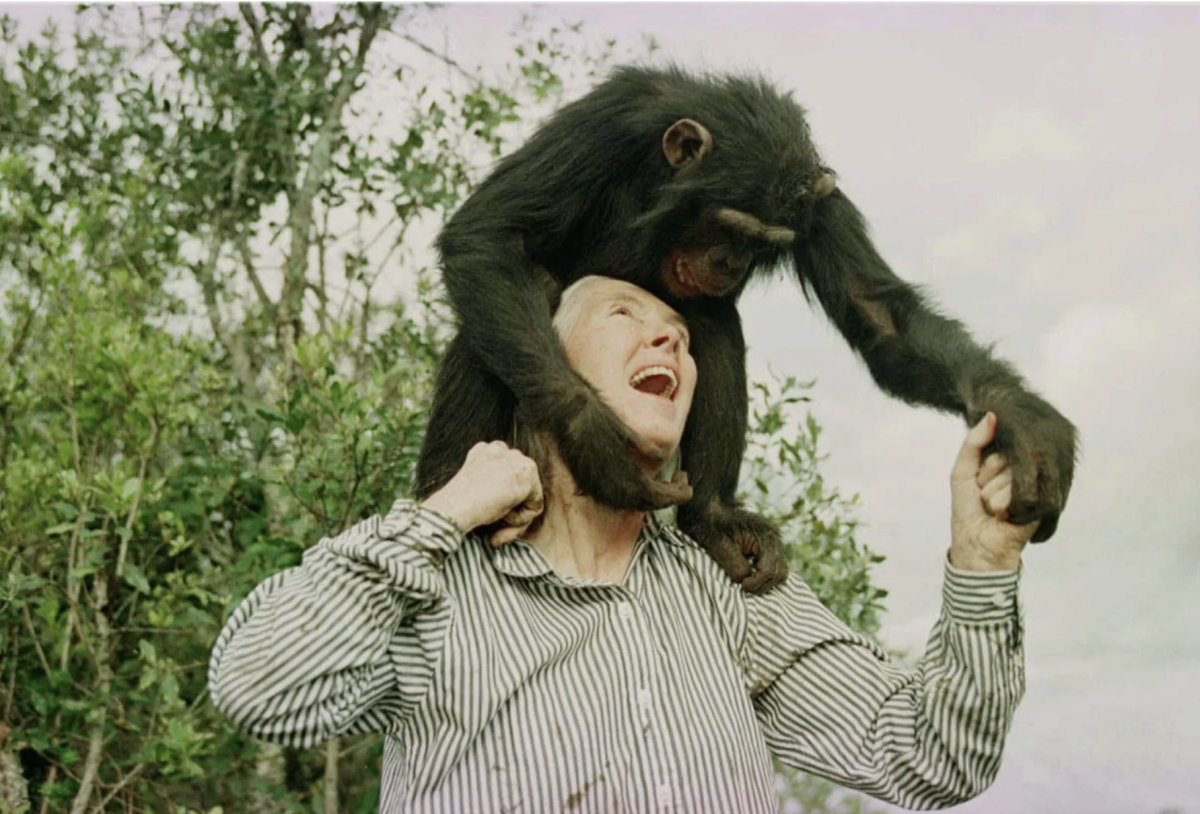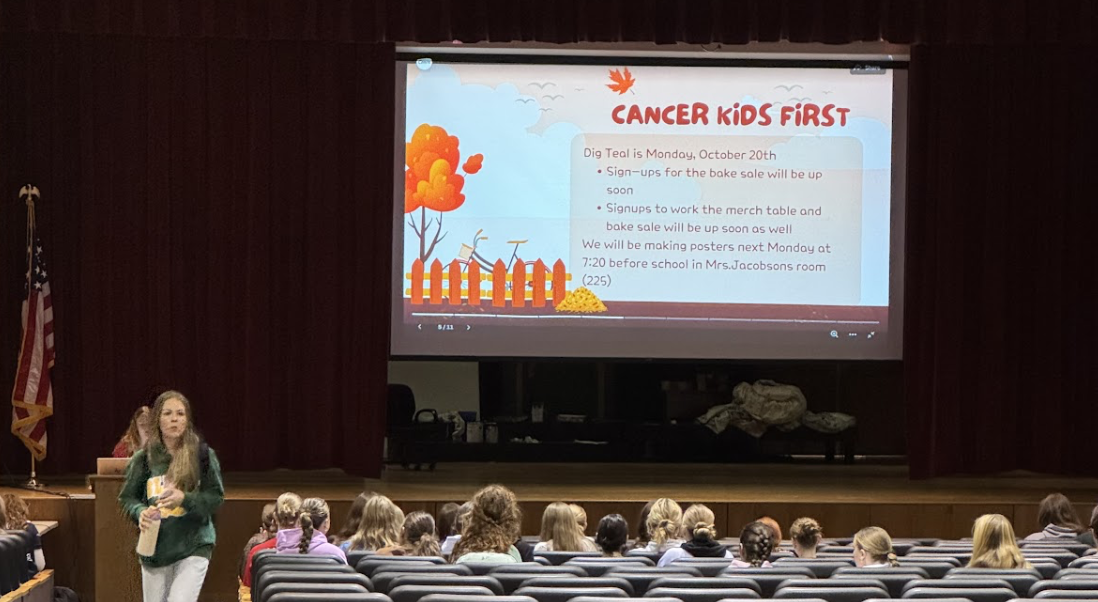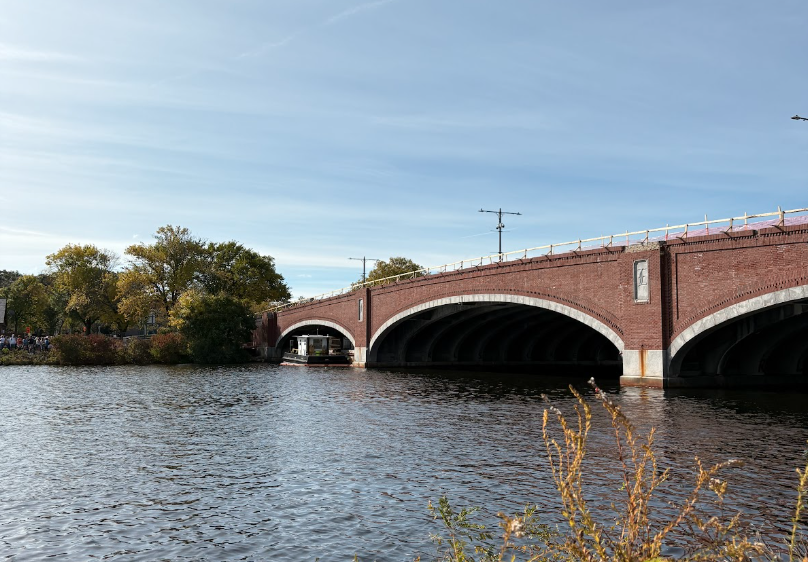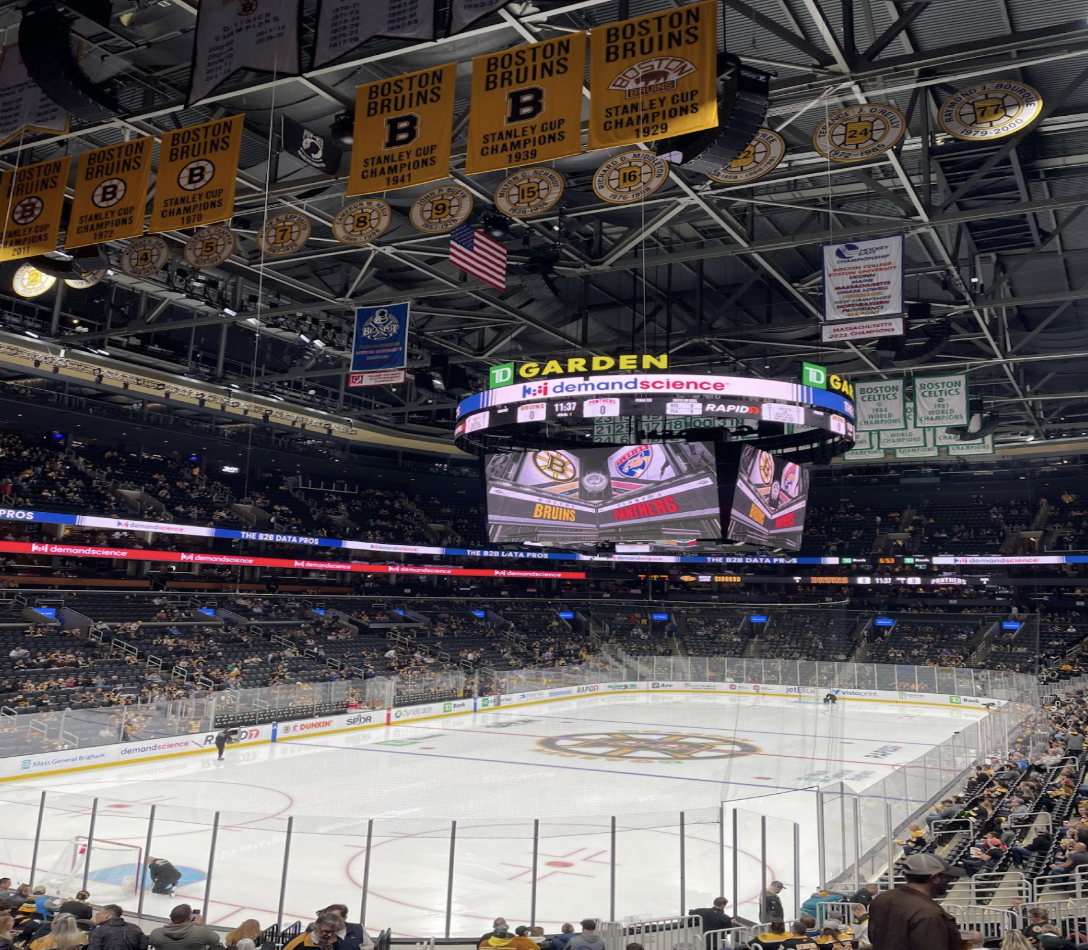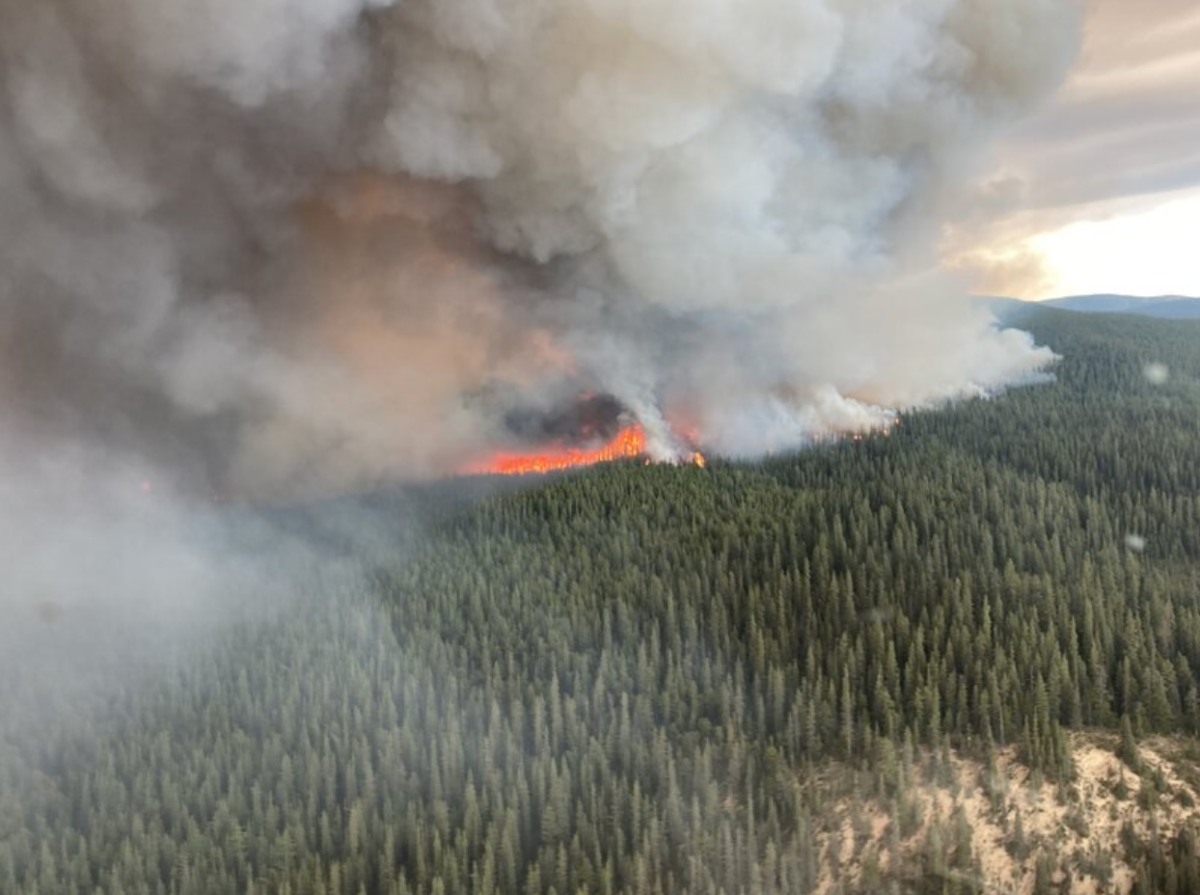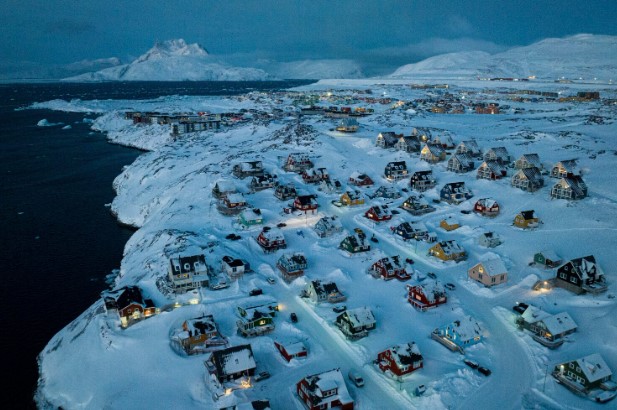Greenland, the world’s largest island that is not a continent, is located in the arctic circle, about 1,400 miles from the eastern coast of the United States. Home to only about 60,000 people (roughly the population of 2 ½ Hingham’s) Greenland has the lowest population out of all countries globally. So, what is the connection between the U.S. and Greenland that has Trump so interstate in this 80% ice covered island?
During World War II, when Nazi Germany occupied Denmark, the United States set up military bases in Greenland in order to interfere. Since then, the U.S. has maintained control of the Thule Air Base. Because of this relationship, in 1951, the U.S. signed a defense agreement with Denmark (which governs Greenland), agreeing to help defend the island in return for allowing them to continue on with their bases there.
“I was completely unaware of this history between Denmark, Greenland and the United States,” said Sophie Smith, a sophomore.
But why is this important? Hypothetically, if Russia were ever to fire missiles at the United States, the fastest and likely route would be over the Arctic, through or near Greenland. This makes the island a key location for missile defense and early warnings of attack. This is one of the main reasons that members of the U.S. government are so keen on acquiring Greenland. During a recent visit to Greenland, Vice President JD Vance stated, “Greenland is an important part of the security of not only the U.S. but of the world.” This is also why the U.S. is concerned about Denmark not doing enough to protect Greenland, because if Russia were able to gain control of it would bring Russian arms even closer to the U.S. soil.

Elizabeth Murray, a sophomore offered: “I did not realize just how crucial Greenland could be in protection from possible Russian attack.”
Additionally, in recent years there has been an uptick in available resources in Greenland such as rare minerals, elements, uranium, oil, and gas. These resources are those that the United States does not produce in great quantities and relies on other countries such as China for them. If the U.S. had access to these resources for themselves, they could start to move toward self-reliance.
However, this is not the first time that there has been American interest in Greenland. Back in 1946, immediately after WWII, President Truman offered Denmark about 100 million (currently about 1.5 billion) dollars, to spread his containment policy into the arctic. And more recently, in his last term, Trump revived this idea calling it “a large real estate deal.”
However Denmark, and the people of Greenland are not ready to give in. Aleqa Hammond, the first female prime minister in Greenland offered “He is treating us like goods he can purchase.” Along with this perspective, Denmark has shown a united front with Greenland and is not showing any signs of parting ways with its territory.
While the U.S. sees Greenland as a crucial asset for military defense, and economic growth and security, the people of both Greenland and Denmark view it as it is– their home, not a commodity to be traded. For now, Greenland remains an autonomous Danish territory, but with rising tensions globally and an increase of Russian and Chinese presence in the Arctic this will not be a conflict that is resolved shortly.



